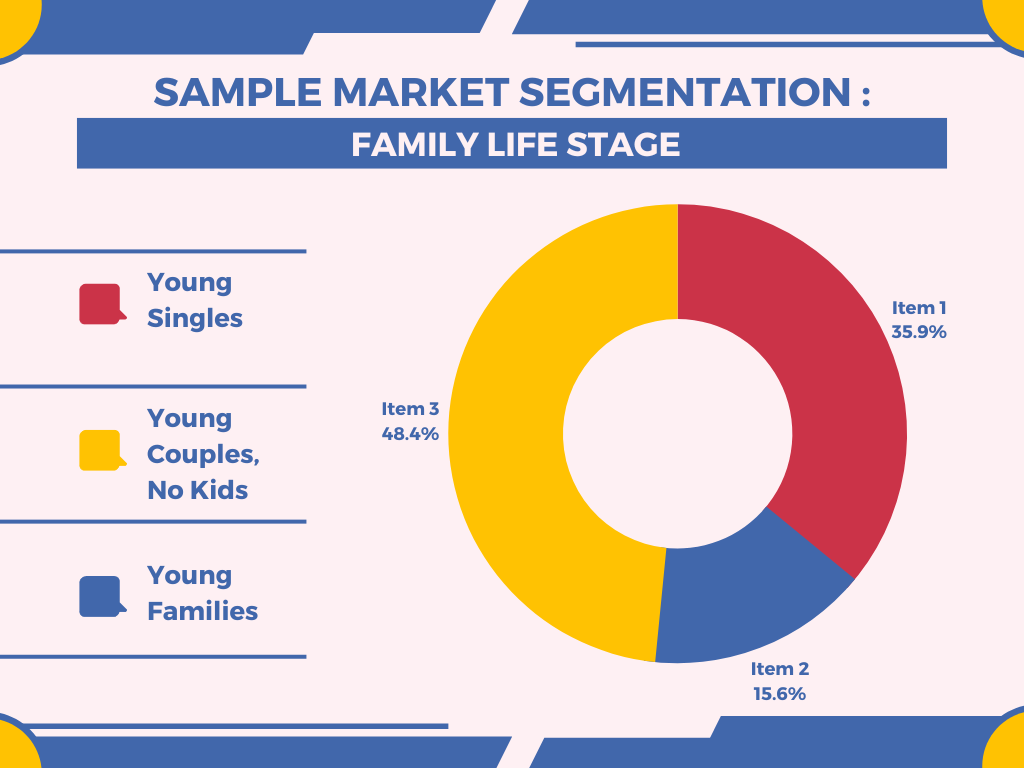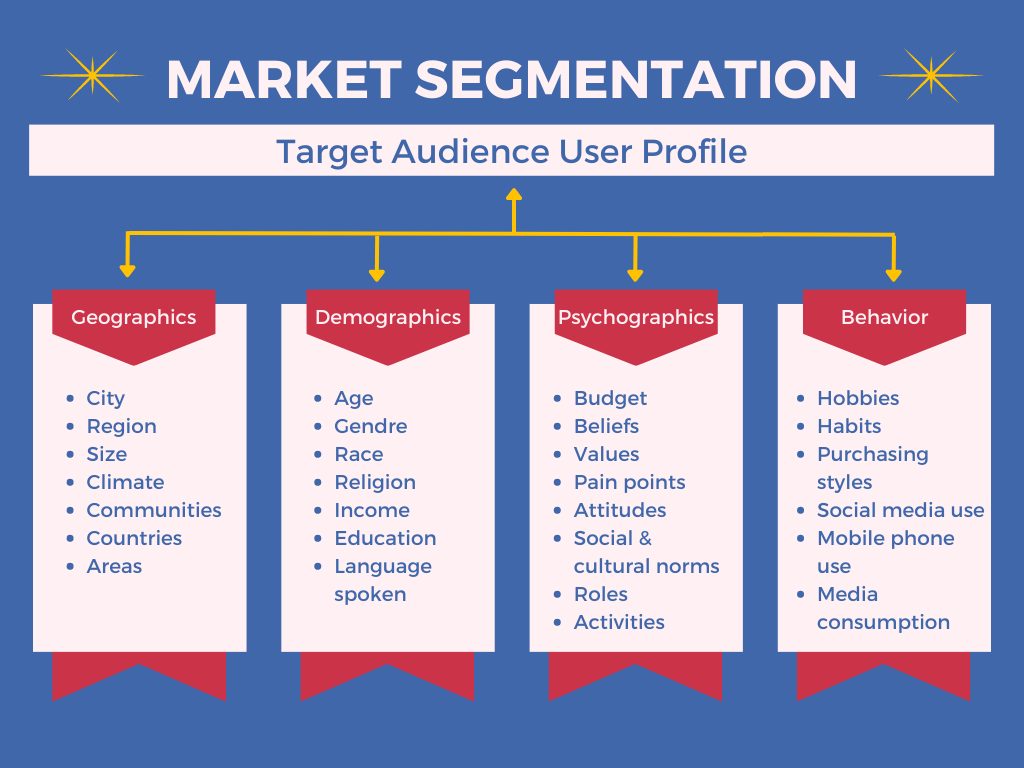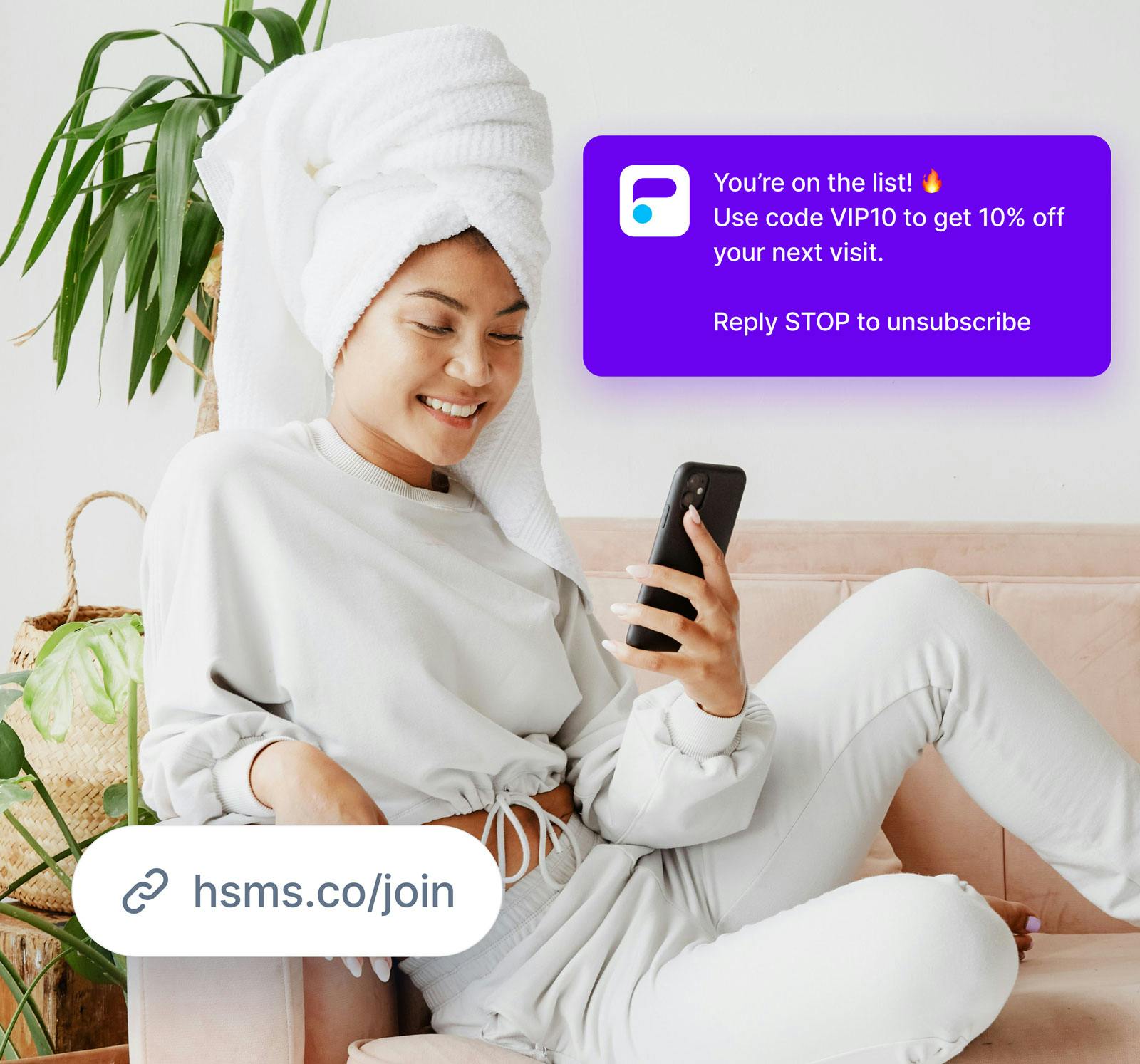The Segmentation Playbook [2023]
Master market segmentation: Our playbook covers strategies, how-tos, and dos & don'ts. Updated for 2024.

By Mathew Gorka
June 29, 2023
11 min read
![The Segmentation Playbook [2023]](/_next/image?url=https%3A%2F%2Fcdn.sanity.io%2Fimages%2Ftgmhce8l%2Fproduction%2Fb47cb04803b057cf60d850c5296106e7313766a0-1080x1080.png%3Ffit%3Dmax%26auto%3Dformat&w=3840&q=75)
A Comprehensive Guide to Audience Segmentation for SMS Marketing
The core of effective marketing isn't necessarily the broadest outreach. It's about ensuring your message gets to the right people, in the right way, at the right time. Sound familiar? We covered this in our article about personalization. Segmentation is the first step to accurate personalization and many other benefits.
Segmentation in marketing refers to the process of dividing a broad target market into subsets. These subsets or segments, consist of consumers, businesses, or countries that have, or are perceived to have, common needs, interests, and priorities. The intention is to design and implement strategies to target these distinct groups, resulting in more effective and efficient marketing efforts.
By identifying and grouping your audience into meaningful segments, you can craft tailored messages that resonate, improving engagement and boosting conversions. If you're an SMS marketer, this principle is indispensable, and our team at Helios is here to guide you through the process. Let's dive into our segmentation playbook, designed specifically for the sophisticated SMS marketer.
Comprehension check
Q: What is the goal of marketing segmentation?
A: The goal of segmentation in marketing is to allow businesses to tailor marketing strategies, content, and campaigns to meet the specific needs of each respective segment. In turn, this improves customer satisfaction, increases sales, and enhances brand loyalty.

Why are Segmented Audiences So Important?
For SMS marketing, audience segmentation is the pillar of personalized, targeted, and relevant communication. Here's why it's so crucial:
1. Personalization: With audience segmentation, you're able to send personalized messages that resonate with the recipient, based on their preferences, behaviors, and other characteristics. Personalization leads to better user engagement, customer satisfaction, and ultimately higher conversion rates.
2. Improved Engagement: Segmented audiences are more likely to engage with your messages. By providing content that's relevant to their unique characteristics or behaviors, you encourage interaction, driving a higher response rate and reducing opt-out rates.
3. Efficient Resource Utilization: Audience segmentation helps you focus your marketing resources where they can have the most impact. By targeting specific audience segments, you're able to avoid wasting resources on individuals unlikely to convert.
4. Proven Effectiveness: It’s not clear who invented abandoned cart recovery. Regardless, the first person who thought to target abandoned carts was pretty bright. Over the years, abandoned cart recovery has been a paramount KPI in every ecommerce business. When you message an abandoned cart shopper (ideally automated, and ideally through SMS), you are sending personalized content to a segment.
5. Creative Opportunity As we laid out above, there are key performance metrics that center around segments. But, like that first clever person who targeted the abandoned cart, there are countless new segments and strategies invented every day. As data becomes more abundant and detailed, new opportunities abound. The best way to beat your competition? Be a pioneer. Establish a strategy that is unique to your customer base, audience, and brand.
Using Segmented Audiences in SMS Marketing
Identifying, creating, and leveraging audience segments requires a strategic approach. Here are the steps to get you started:
1. Data Collection: This is the backbone of segmentation. We just covered how data is becoming more abundant and complex. Collect as much information as you can with consentabout your audience, including demographics, behavior patterns, geographical location, and purchase history. Even if you don’t think it's relevant today, you may find a use for it tomorrow.
2. Segment Identification: Analyze the collected data and identify key patterns or trends that could form the basis for distinct segments. Create segment hypotheses by looking for shared characteristics, behaviors, or preferences that unite certain individuals in your audience. Finally, validate these hypotheses by engaging in small-scale targeted campaigns or A/B testing, observing the results to confirm the effectiveness of the identified segment.
3. Segment Creation: Use your insights to create segments that are meaningful for your marketing goals. For instance, you might have a segment for frequent buyers, a segment for new subscribers, or a segment for inactive subscribers. Segment creation should be an ongoing process, as well as segment deletion. Too many segments for a small audience will defeat the personalization aspect. If a user gets four targeted disparate communications they will feel over generalized completely defeating the purpose. Find a perfect balance and don’t be afraid to shake it up.
4. Message Personalization: Craft tailored messages for each segment, based on their defining characteristics. A segmented message strategy will vary depending on the segment's preferences and behaviors. If your SMS marketing tool doesn’t let you use templates then you need to make a change. If it does, like Helios, then having prebuilt messages for segments is a great place to start. Introducing an LLM or other generative AI tool can take you over the top. To hear about how we use AI at Helios, schedule a call and we’d be happy to discuss it.
5. Performance Monitoring: After implementing your segmented SMS marketing campaign, monitor and evaluate the performance of each segment. This will help you refine your segmentation strategy over time. This includes efforts like continuous AB testing. Does your SMS tool have an analytics dashboard like Helios? If not, it may be time to move on.
Marketing segmentation can be done based on various factors including:
- Geographic Segmentation: This involves dividing the market based on geographical boundaries like regions, countries, states, or cities.
- Demographic Segmentation: This is the process of dividing the market based on variables such as age, gender, family size, income, occupation, education, religion, race, and nationality.
- Psychographic Segmentation: This type of segmentation divides the market based on lifestyle, personality traits, values, opinions, and interests of the consumers.
- Behavioral Segmentation: Here, the market is segmented based on consumers' behavior, usage, and decision-making patterns. This might include factors such as brand loyalty, user status, and level of readiness to purchase.

Dos and Don'ts of Audience Segmentation
Before jumping into your segmentation journey, it's worth quickly reviewing some best practices. These are some key principles to keep in mind when working with segmented audiences:
Do
- Validate Your Data: Ensure that your audience data is accurate and up-to-date to create meaningful and effective segments.
- Experiment: Regularly test and refine your segmentation strategy to improve its effectiveness. The best strategies often come from trial and error.
- Respect Privacy: Always obtain informed consent before collecting or using personal information. Ensure your segmentation strategy complies with data privacy laws.
Don't
- Over-Segment: While segmentation is key, creating too many minute segments can make your marketing strategy complex and difficult to manage.
- Ignore Changes: Customer preferences and behaviors can change over time. Continually update your segments to reflect these changes.
- Generalize: Even within segments, individual preferences can vary. Use segmentation as a tool for personalization, but avoid making sweeping generalizations.
Advanced Methods of Audience Segmentation
As your SMS marketing strategy matures, you may want to explore advanced segmentation techniques. These include:
1. Predictive Segmentation: This involves using machine learning algorithms to predict future customer behavior and segmenting your audience based on these predictions. Predictive segmentation allows you to proactively tailor your SMS marketing campaigns. This isn’t as scary as it sounds; many user-friendly tools make setup easy while keeping the algorithms under the hood.
2. Behavioral Segmentation: This approach focuses on segmenting your audience based on their behavior, such as their purchasing behavior, usage of your product, or engagement with your brand. Behavioral segmentation offers a wide scope of options. It is also an area where personal bias by the segmenter can come into play. Interpreting behavior should be unbiased. A best practice tip: make sure all stakeholders are in agreement with how behavioral segments and their qualifying actions are defined.
3. Lifecycle Segmentation: This approach segments your audience based on where they are in the customer lifecycle. By tailoring your messaging to each stage (awareness, consideration, purchase, retention, and advocacy), you can more effectively guide your audience along the customer journey. Dynamic content based on customer journey stages is a great strategy because it’s easy to define and set up for beginners, while still offering plenty of opportunity for customization as the strategy matures.
At Helios, we're committed to helping you master the art of audience segmentation in SMS marketing. With our advanced features and insights, you can implement a segmentation strategy that delivers optimal results. Remember, in the world of SMS marketing, relevance is king—and segmentation is your key to the kingdom.
Ready to level up your text message marketing?
